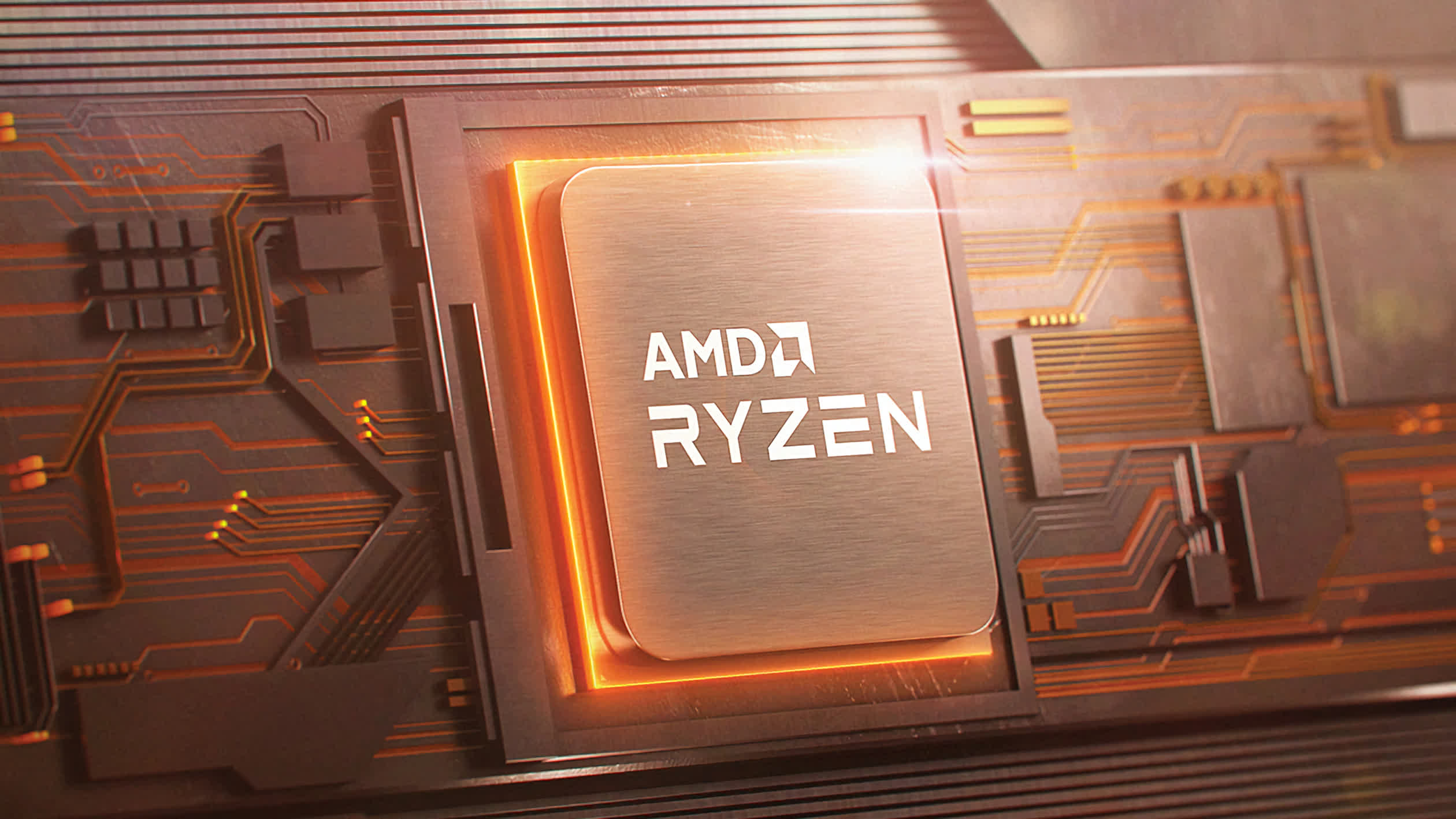Rumor mill: Up until now, the only Ryzen desktops products featuring iGPUs were the G-series chips, but expect that to change with the release of Zen 4 desktop processors later this year. For now, details are still scarce, but rumors and leaks have already started to paint a good picture of them.

By now, you should already know AMD plans to release the first Zen 4-based processors during the second half of 2022. We suspect these will include the Ryzen 7000 desktop series chips, said to feature RDNA2 iGPUs, but up until now, AMD hasn't yet confirmed that.
However, there have been rumors about the specifications of these iGPUs. The latest one claims they will feature 2x workgroup processors (WGPs)/4x computation units (CUs) clocked at 1100MHz, but the leaker, Komachi Ensaka, points out this is just a guess. Still, if proven true, we assume it will have 256x stream processors (64x stream processors per CU).
Besides the leaker claims, the AMD SMU 13.0.5 driver also mentions a GPU clock of 1100MHz. However, this could be related to an engineering sample, meaning we may end up with faster iGPUs.
ただの一般人の戯言なので、本気に捉えないでね。ちょっとしたただの推測ですし。
— 遠坂小町 (@KOMACHI_ENSAKA) February 24, 2022
Based on these specifications, the Ryzen 7000 series iGPU would offer a theoretical performance of over 0.55TFLOPs, a considerable improvement over the Vega-based solutions. Compared to other iGPU solutions of today, that's about a third of the Steam Deck graphics performance, delivered by an RDNA2 graphics unit with 8CUs clocked up to 1.6GHz.
Despite its performance, the iGPU of the Ryzen 7000 series will primarily be used as a display engine for basic tasks, but imagine what a few more cores would do. That's what we expect from the Ryzen 7000 mobile chips, expected to feature up to 16x CUs.
Ryzen 7000 series are coming out later this year--AMD says during the second half of 2022. Based on the 5nm process node, the new processors will use the new LGA1718/AM5 socket, parting ways from the PGA design of the AM4 socket. In addition, the new platform will support PCIe 5.0 connectivity and DDR5 memory.
https://www.techspot.com/news/93553-ryzen-7000-series-cpus-feature-rdna-2-igpu.html